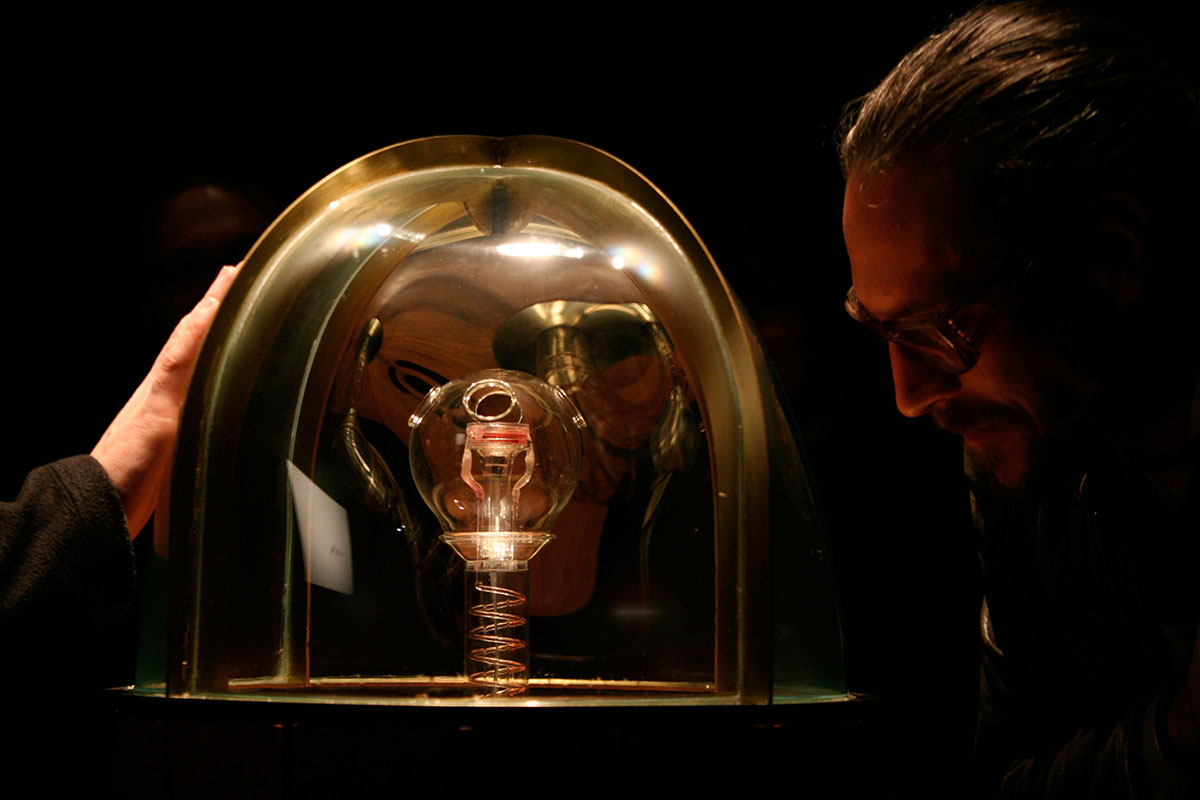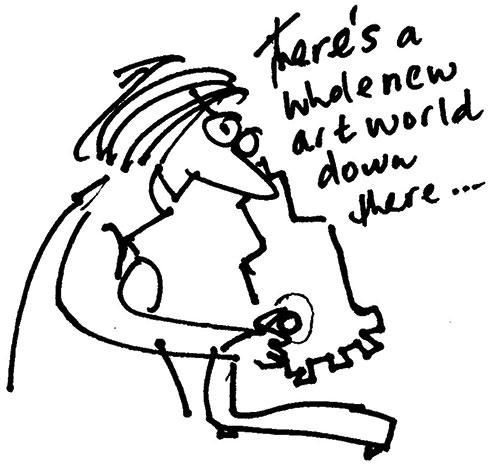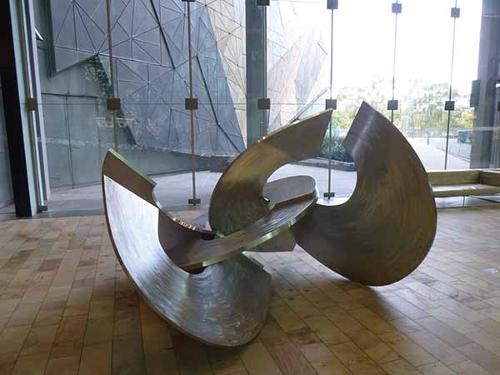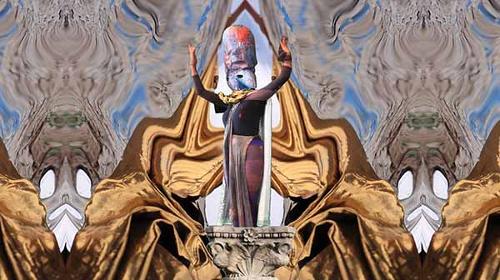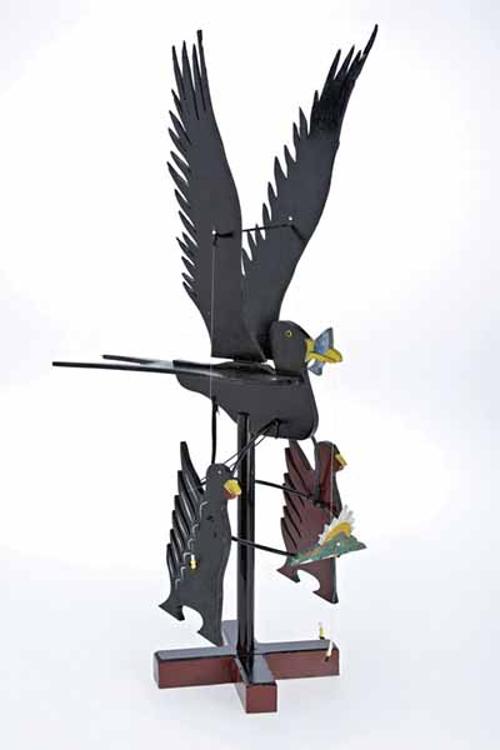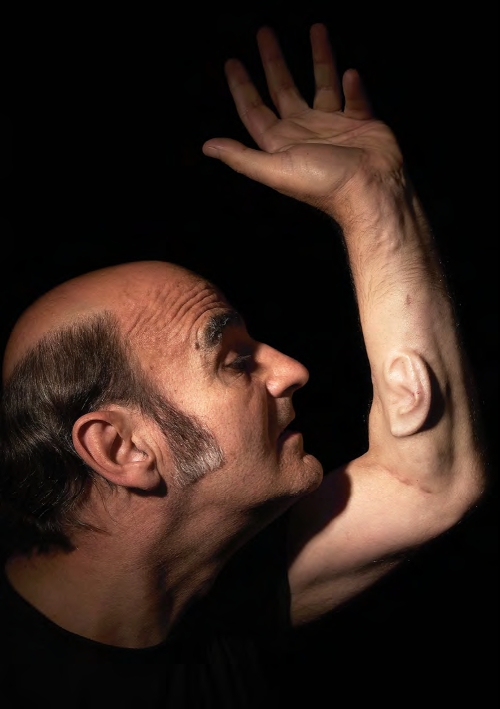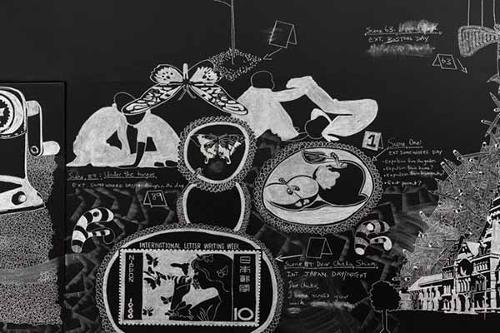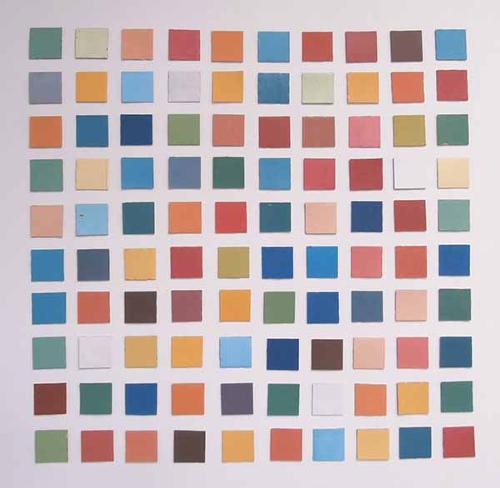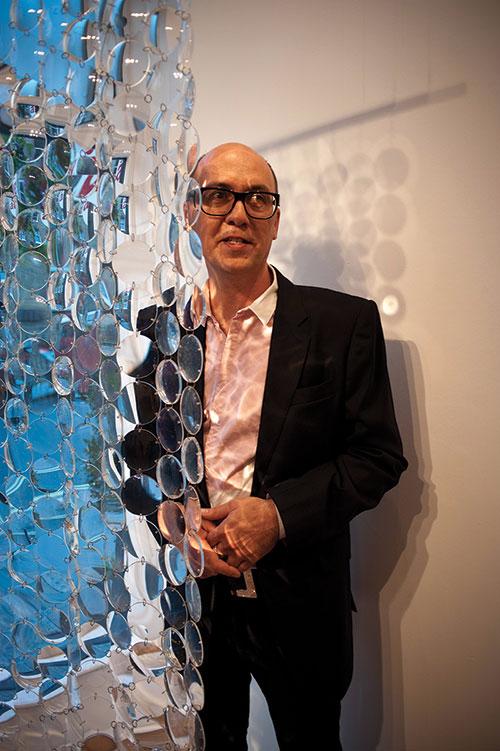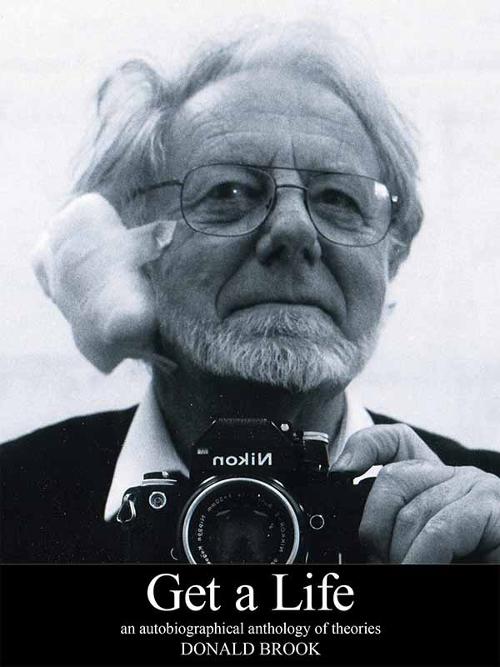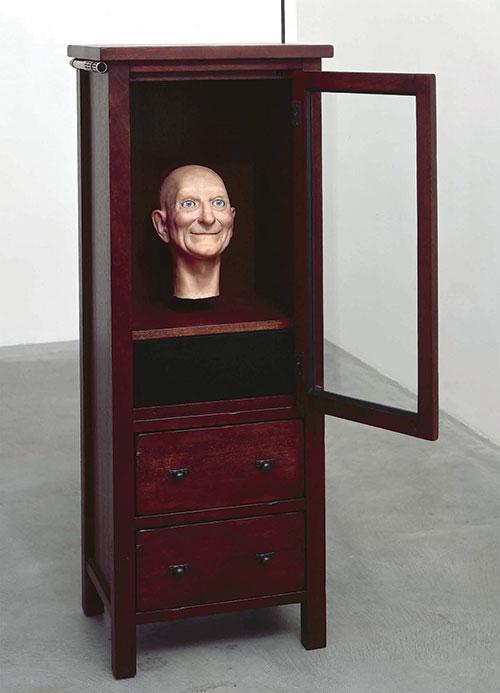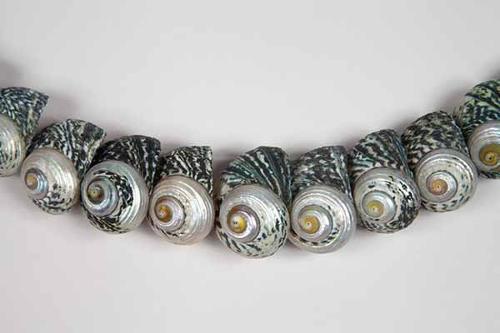Guy Ben-Ary: Brain-body compatability for the 21st century
Internationally renowned for collaborative projects such as MEART, Silent Barrage, and in potentia, Guy Ben-Ary has been a core researcher at SymbioticA – the Centre of Excellence for Biological Arts at the University of Western Australia since 2001. In 2012, he proposed a truly 21st-century self-portrait, aptly named cellF, which involves bio-engineering Guy’s own cells into a “brain’ that is then interfaced with an interactive sound-producing “body”. Kirsten Hudson sits down with Guy to discuss how cellF is critically engaged in thinking about life, materiality and ultimately, what it means to be human.

